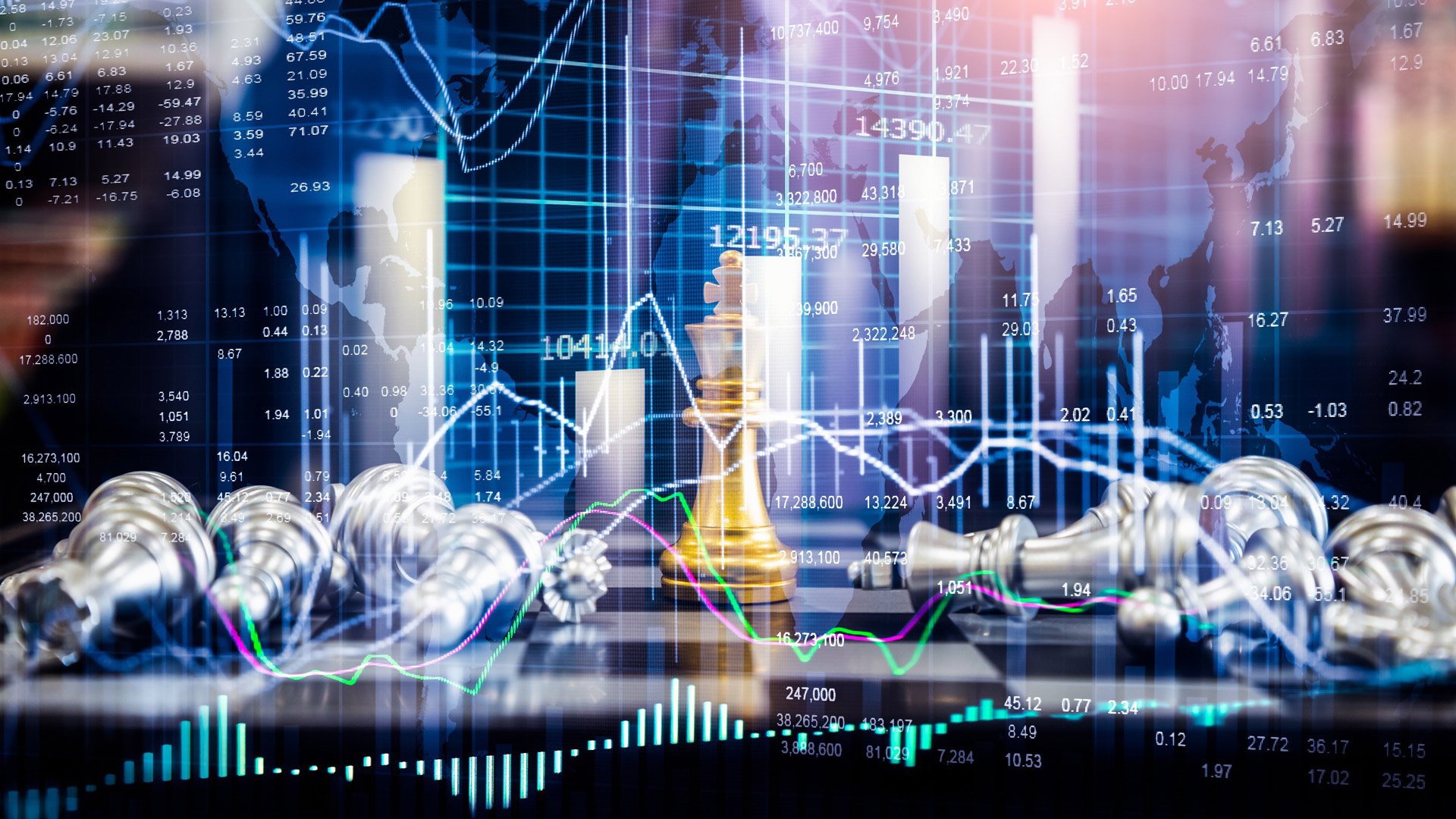In Praise of the Salaryman CEO
Japanese corporate leaders are much better than their reputation.
They are not really part of the global Davos jet set. They don’t fly around the world in their private jets. Many still proudly print the office fax number on their business cards. And in the age of the short quip, they lack a strong (or any) presence on social media. They even very much prefer to stay silent in investor-relations or press meetings.
But if you’re looking for extraordinary resilience and all-around competence to get the job done, Japan’s salaryman CEOs and their teams actually have a very impressive track record.
In fact, the data strongly suggests Japanese salaryman CEOs have absolutely nothing to be ashamed of in comparison with the superstar CEOs of Wall Street.
Decades of Growth
Since 1995, Japanese listed companies have seen their top-line sales basically stagnate, up a mere 1.1 times in 2022 from their 1995 level. But there was a whopping 11-fold surge in profits over the same period.
Anyone who has ever invested in or run a business knows how impossibly difficult it is to grow profits without the tailwinds of rising top-line sales. For one year, maybe. But for 30 years? Clearly, Japanese salaryman CEOs must have done something right.
Meanwhile, since 1995, superstar CEOs in the United States delivered a 6-fold increase in profits, generated by a tailwind of top-line sales rising 3 times. Of course, the Wall Street superstar CEOs deserve to be proud of having delivered such profits over the past 27 years. But compared with the 11-fold surge produced by Japan’s salaryman CEOs, the US superstar performance looks rather unimpressive—particularly since the salaryman CEOs got no tailwinds from rising sales. No wonder Warren Buffet is impressed by Japan’s Wall Street counterparts.
Pay for Performance
Interestingly, the impressive performance of Japanese salaryman CEOs has been reflected in their compensation. Since 1990, pay for the top CEOs has almost tripled. So, there is pay for performance in Japan for CEOs—profits up 11 times, compensation up a more modest 3 times, but still in sync with performance.
Meanwhile, in the United States, the link between corporate performance and CEO compensation is much tighter. CEO compensation has mirrored the rise in profits, both basically marking a 6-fold jump since 1990.
The biggest difference between the salaryman CEO and the superstar CEO is, of course, the absolute gap in compensation for the chief executive position relative to average employee pay. In Japan, this is now just about 12 times on average, with the top 50 CEOs making 50 times.
On Wall Street, it’s a different world altogether; the average annual salary of a CEO now is just under 400 times that of their average employee.
Put another way, a Wall Street CEO earns in one day what one of their employees earns in a year. But in Japan, it takes the 50 highest-paid CEOs about a week, and the average CEO a month to bring in what their staffers make in one year.
Don’t get me wrong. This piece is not about whether US-style or Japanese-style corporate leadership is better. It is about highlighting some of the actual performance indicators and, most importantly, demonstrating that Japanese corporate leaders did in fact deliver what had been asked of them. They focused on profits, profits, profits.
Future Focus
So why was this tremendous achievement by salaryman CEOs not reflected in higher share prices? Unfortunately, the answer is very simple: salaryman CEOs did not invest in their businesses. Since 1995, the capital expenditure (capex) of listed companies in Japan has declined by more than 10 percent. In contrast, capex for US listed companies has surged by more than 150 percent over the same period.
Also, Wall Street CEOs raised their employees’ compensation by about 90 percent since 1995, while Japan’s salaryman CEOs actually managed to decrease employee compensation almost 25 percent over the same time frame.
“Since 1995, Japanese listed companies have seen their top-line sales basically stagnate, up a mere 1.1 times in 2022 from their 1995 level. But there was a whopping 11-fold surge in profits over the same period.”
Make no mistake: share prices reflect potential returns on future corporate performance, and dreaming about future performance is basically impossible without corporate leaders investing in both human and productive capital.
The good news is that there’s absolutely no reason that salaryman CEOs cannot become great investors in their companies. In my view, because there has been a change in three parameters—human capital, technology access, and economic security—a capex and investment super-cycle is on the horizon in Japan.
A labor shortage and war for talent are forcing a complete rethink of human-capital deployment. One result is rising wages, but more important will be the growing focus on pay for performance and a shift towards genuine career development, i.e., a break with the lazy pay-for-seniority culture.
As workers grow increasingly scarce, machines and artificial intelligence will be deployed more broadly.
Ironically, the previous reluctance of salaryman CEOs to invest in better IT may turn into a classic backwardness advantage. If you’ve never embraced cloud computing, you now can go straight from hanko to blockchain. Japan’s DX protocol has a good chance of becoming best in class in the same way shinkansen bullet train technology set the global standard for high-speed railways.
National economic security and changing geopolitical realities will force new investment in supply chains and production facilities, as well as research and development centers.
Japan should be proud of its salaryman CEOs. For the past 30 years, the focus has been on growing profits by cutting excess costs (and debt), which has delivered in impressive ways. Now, the goals have been reset. You must invest and accelerate the growth of your business. Like Warren Buffet, I have no doubt they can deliver.

